Repowering is a big investment and a long-term commitment to your boat. Owners and yards spend a lot of time deciding on the engine make and model which is typically 60% of the total cost. It’s also important to recognize that this is the best time to make other improvements. Here are ten items to consider that will add enjoyment and value without substantially increasing your yard bill:
Bright White – Painting your engine space while the engine is out is one of your best investments during a repower. It takes a fraction of the time it would take with the engine in, and it has a dramatic “wow” factor. Everybody loves bright shiny paint and a white engine room is particularly helpful for identifying leaks before they become a problem. A bright engine room will set your boat apart when it comes time to sell.
Lighting – Improving the engine room lighting makes maintenance, identifying leaks and troubleshooting easier. Lighting technology has come a long way in the last few years and LED engine room lights are now available that produce AC level lighting with a fraction of the power. You can’t overdo it with lights, particularly in the filter and strainer areas. You won’t regret it.
Fuel Reliability – Fuel delivery is one of the most common problems with diesel engines. Get rid of the old stuff! If it’s original equipment, then there is likely sediment, algae and deposits which you don’t want anywhere near your new engine. Old fuel hose has a tendency to collapse, delaminate or develop tiny air leaks. Consider polishing your fuel tank. Troubleshooting fuel related performance problems is costly and very annoying after an engine repower.
Engine Space – Removing an engine creates a huge open space in a normally cramped compartment. You might consider completing any work which would be more efficient while the engine is out of the way. Water heaters, refrigeration compressors, wiring, and new DC grounds are all great targets. Reduce your five year labor bill by revamping these systems while the engine space is easy to work in.
Labeling – I am a huge advocate for labeling wiring, valves and hoses, and for drawing diagrams to tie it all together. It requires a little more time, but you’ll realize reduced service labor for years to come. Every boat we work on is different, and labeling takes the guess work out of it. It also makes troubleshooting and future expansion more efficient.
Future Load Increases – If future improvements or expansions are on your mind, now is the time to plan for them. Autopilots, thrusters and refrigerators increase demand on electrical reserve capacity. Now is the time to plan for more sophisticated charging systems, larger battery banks or even adding hydraulics. Identifying horsepower hungry auxiliaries and installing an engine with sufficient capacity will give you the flexibility to grow in the future.
File Organization – Many systems are upgraded during a repower. Now is the time to get your vessel manuals organized. We like to use waterproof file totes to organize manuals and wiring diagrams generated during the project. Add in your other systems’ manuals and you have a complete and organized file with easy access to information when it’s needed. Make sure to let the yard know where you decide to stow this.
Integrity Checks – Many times we are able to utilize the existing house alternator and/or propeller shaft during a repower. Always check these items out for integrity, even if you think they’re working fine. The shaft should go to the machine shop to verify straightness and to have the coupling faced. Send the alternator to the local shop for testing, cleaning and servicing of diodes, brushes and bearings. The additional costs for these inspections will be minimal since the parts are already sitting on the bench.
Spares – New engine = new spares kit. The yard should develop a custom spares kit based on your cruising plans and maintenance needs. Don’t forget that new wiring and alternators often mean new fuses which can be stored in the kit or zip tied to the cable next to the fuse holder.
Noise Control – This is too frequently overlooked. New sound insulation can be a huge improvement on an older boat. New engines are quieter than their predecessors already. The addition of new tech insulation can dramatically improve life underway. It also adds another “wow” factor when the engine compartment is clad in shiny new insulation.
My goal is to always have a finished project which meets the owner’s needs, budget and expectations. These are just a handful of ideas to make the most out of your repower.
— Steve Dee/GIBY Mechanical Systems
ABYC Diesel & Electrical – Yanmar Mechanical, Electronic & Diagnostic – Landing School Systems Graduate



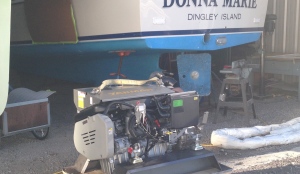
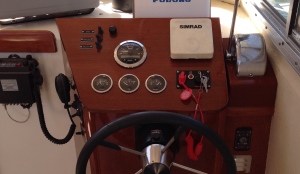
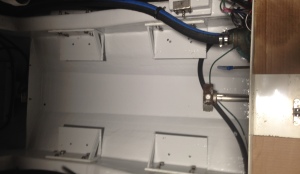
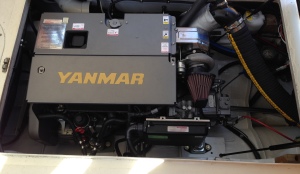
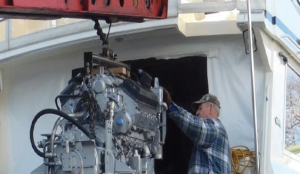
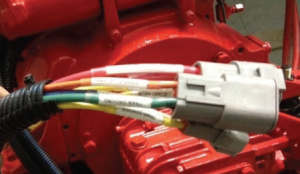
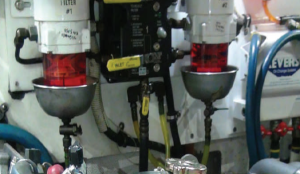
Hello, after reading this amazing article i
am too cheerful to share my experience here with colleagues.
Glad you enjoyed this piece!